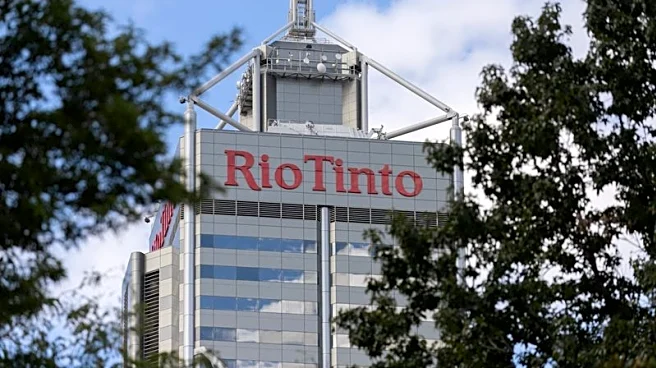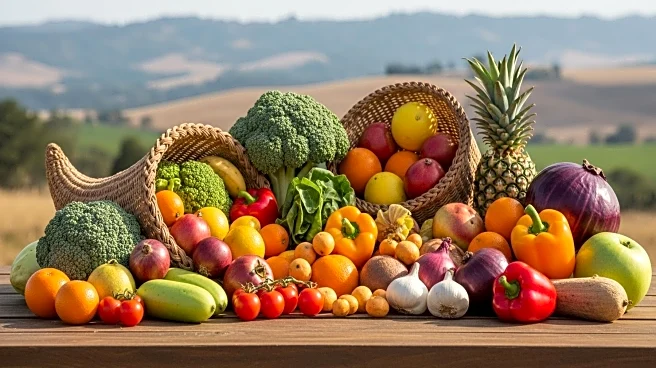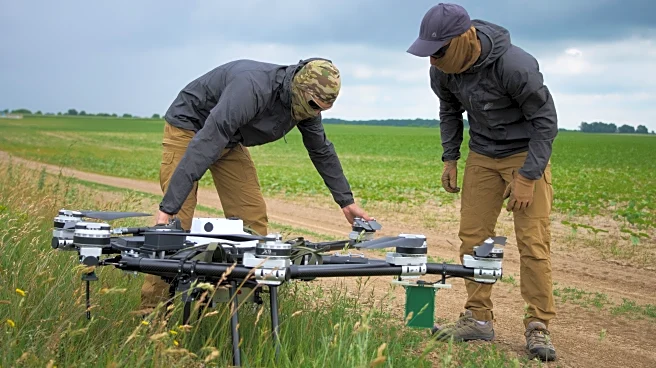What's Happening?
The regenerative agriculture market is experiencing significant growth, with projections indicating it will reach $30.30 billion by 2032. This market expansion is driven by increasing awareness of sustainable farming practices that restore soil health and conserve biodiversity. Government policies, financial incentives, and consumer demand for organic food are key factors supporting this growth. The U.S. Department of Agriculture has invested over $46 million in sustainable agriculture programs, promoting climate-smart farming solutions. Companies like Indigo Ag are facilitating carbon credit schemes, providing farmers with additional income opportunities.
Why It's Important?
The growth of the regenerative agriculture market represents a shift towards more sustainable farming practices, which are crucial for addressing environmental challenges such as soil degradation and climate change. This market expansion offers economic benefits to farmers through improved soil fertility and reduced chemical dependency, while meeting consumer demand for sustainably produced food. The financial viability of regenerative agriculture, supported by carbon credits and government incentives, highlights its potential to transform traditional farming methods and contribute to global food security.
What's Next?
As the regenerative agriculture market continues to expand, further research and development are expected to enhance farming practices and technologies. Innovations in biofertilizers, biopesticides, and AI-based analytics will support precise resource management and carbon sequestration. Increased funding from investors and governments will likely accelerate the adoption of regenerative methods, creating new opportunities for market growth. The U.S. and Canada are poised to lead this expansion, with strong policy support and private sector collaborations driving sustainable farming initiatives.
Beyond the Headlines
The rise of regenerative agriculture reflects broader cultural and ethical shifts towards environmental responsibility and sustainable living. This movement challenges conventional agricultural practices, advocating for a holistic approach that balances productivity with ecological stewardship. The integration of livestock and agroforestry in farming systems exemplifies this shift, promoting biodiversity and natural resource conservation. As more stakeholders recognize the long-term benefits of regenerative agriculture, it may influence global agricultural policies and consumer preferences, fostering a more sustainable food system.













